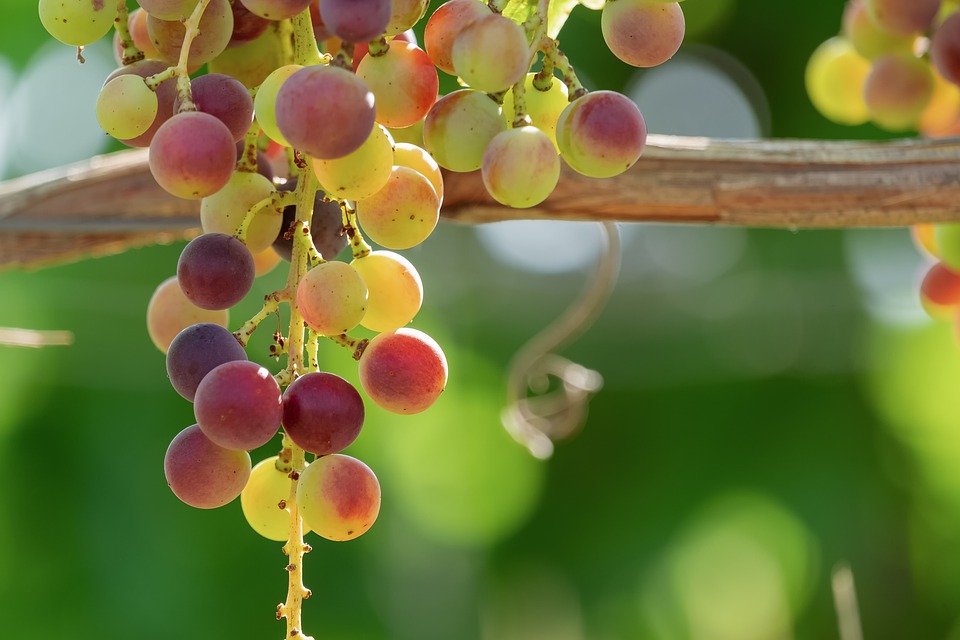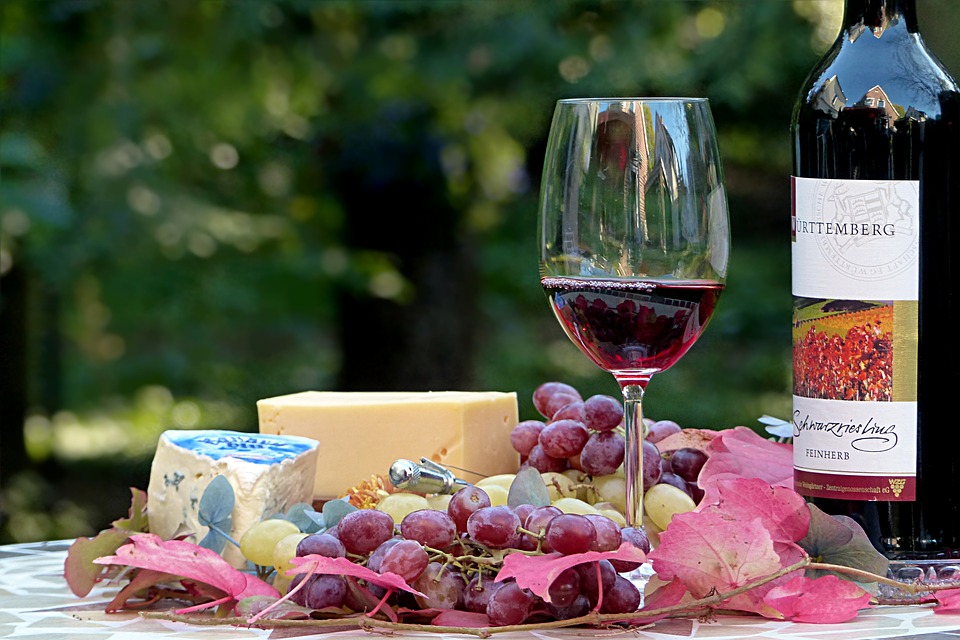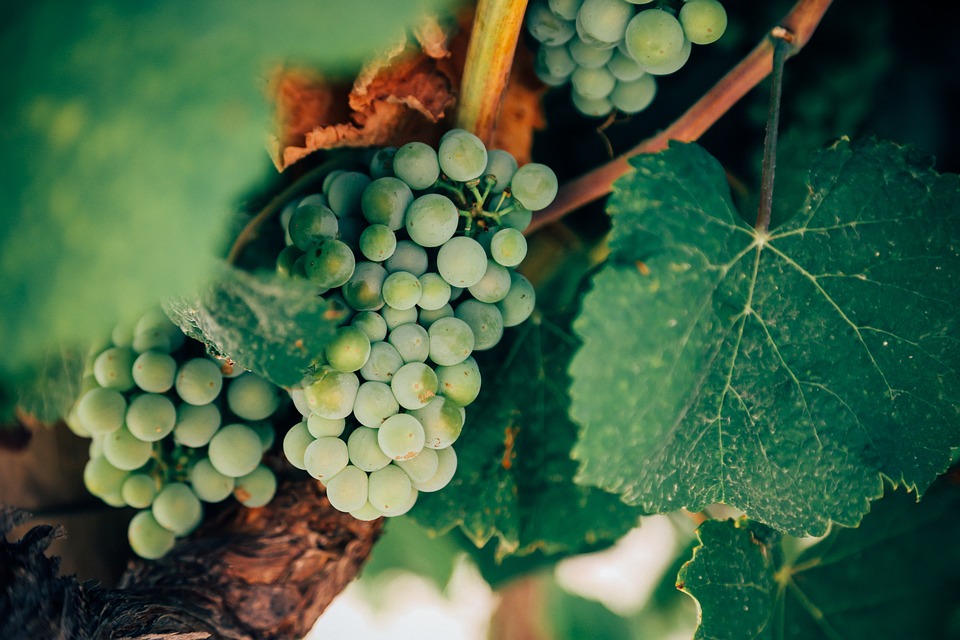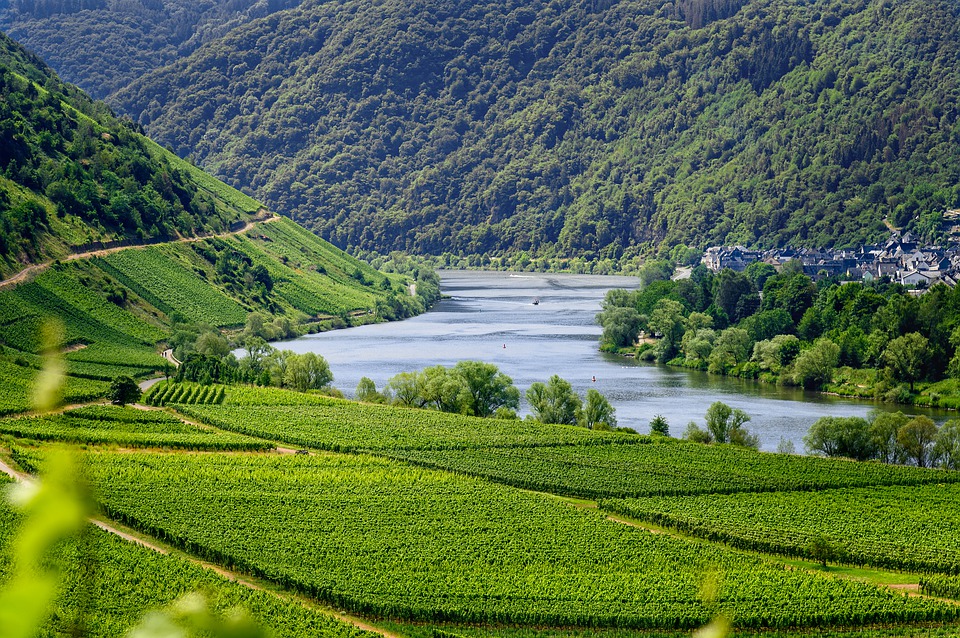It’s the age old question, just how much do you actually know about fine wine? While we’ve all been in the wine bargain bucket, procuring our Friday Night drinkies, the majority of us know zilch when it comes to sampling, tasting or even buying wine, something that is very much in part due to a lack of widespread knowledge on ‘wine education’, simply purchasing a drink because we ‘like the taste of it’. Which let’s be fair is a perfectly good reason to spend our hard earned cash, as we drink to unwind, socialize, eat and party. Wine, whether it is fine red wine or your latest Aldi, is a huge part of our ‘work and play culture’ and conditions everything from social gatherings to dinner dates, right through to cosy snuggles on the sofa watching Strictly Come Dancing. From lustorous reds that are brimming with seduction to titilating roses, when it comes to wine, a good bottle can do no wrong, as you laugh, drink and be merry. But learning about fine wine and its origins of how it came to be, should be a vital part of any foodie/drink experts initation into paradise, debunking myths that fine wine tastings are purely about the ‘taste of the wine’, that France drinks the most wine per capita and that ‘legs on a drink’ means that it is better quality. From learning that too much sun can burn the skins of grapes and make them bitter, tarnishing the flavour, to discovering that some sources believe it was the English and not the French who pioneered sparkling wine, who says that fine wine, has to be boring? Which is where The Beauty And The Taste comes in, an online fine wine boutique that is tailored around people enjoying beautiful stories and discovering new tastes.

Aiming to revolutionize the ‘stuffy image surrounding ‘high-end wine’, The Beauty And The Taste’s unique position as a ‘wine boutique’ means that they have curated a comprehensive catalogue of bottles selected for you across the most important regions in the world, produced by both iconic and niche winemakers, with as high quality as their common denominator. And the proof is in the very boozy pudding;As per company policy, all The Beauty And The Taste wines are scored 89/100 or above and the score can be verified on the critics’ independent website, having conferred with top wine someliers around the world. After all anyone who has puckered their lips in horror while drinking a particularly foul cheap glass of wine will know that not all drinks were made to be equal. And believe me, the moment you wrap your lips around a vintage that showcases the wine at its peak, you will be transported into a magical world of make believe. And by that I mean you’ll truly be able to see the wine as an experience, as opposed to just a drink, which is exactly what The Beauty & The Taste aims to demonstrate. Because to me, just like when I drink rum, I feel like I am on holiday, wine also captures memories and emotions, like the comforting feeling of a ‘cosy night in’ with a loved one in your pj’s sipping on wine, while you feast on a cheeseboard that has miraculously appeared before you. Which is why I wanted to see just how much I, and my readers really knew about fine wine, debunking myths, drinking ‘roadies’ and mentally compiling a fine wine to buy list because the thirst trap was 100% real.
Fine Wine Tasting Isn’t Just About The Taste

Contrary to popular belief, wine tasting is less about the taste, but more about the smell, as top sommeliers agree that smell is by far the most important sense when it comes to drinking wine . This is is because while our tastebuds might be limited to distinguishing only a few tastes, scientists have shown that we can smell over 100,000 different things. In general a wine’s aroma or ‘nose’ as they say in the fine wine world, is the smell of the wine in the glass, whether that be floral, fruit, citrus, vegetal or anything else (although not quite sure i’d like the sound of a wine that tastes like vegetables).These ‘smell factors’ are all dependant on the grape variety used, the wine making process and the wines storage conditions. The ‘nose’ is so important during fine wine tasting sessions because asides from the fact that it can differentiate between hundreds of unique scents, it also can help us evaluate what the scents are, as well as what that might taste like in one sip.
It might seem strange at first smelling your wine before you drink it, especially if you have just casually smuggled a bottle of plonker into your nearest Mcdonald’s but the nose is a critical component of wine tasting. And don’t worry, for those of who heartily enjoy the actual taste of our drinks too, The Beauty And The Taste, has a great sub-category on their wine Blog called ‘Your Taste’ which creates a customisable taste profile just for you. For example, you choose out of red or white (I chose red, it would have been Rose if that was a choice), an occasion, I chose a ‘cold winter’s night’ because red is a warming drink, and a food pairing which for me was soft cheese because I am literally obsessed with all things cheese. You can ask my boyfriend I dream about cheese a lot. Sadly I was told that my selections yielded no results (boo), so I changed the food pairing to a Bolgna (which would be a vegetarian version for me). Lo and behold I was presented with a beautiful bottle of 2014 Château d’Aiguilhe, Côtes de Bordeaux Castillon, a sumptous full bodied darling with hints of red and dark fruit, chocolate and spice, a heady combination that tickled my fancy.
Legs On A Drink Does Not Mean Better Quality

While the world’s oldest bottle of wine is nearly 1700 years old, dating back to 325 CE, it turns out that we still don’t know that legs on a drink does not mean better quality. This precious gem might have been unearthed in 1867, but us mere plebs still think that the slower legs, tears, or curtains, whichever term you prefer, means that the wine you are drinking would be plucked from the god’s themselves. It’s easy to see why; when you swirl a glass of wine and you watch the beautiful translucent path the fine wine takes back down into your glass, it’s common to feel euphoric. In actuality this is is known as surface tension, where alcohol is evaporating faster than water, resulting in the sliding of liquid down the side of your glass. So does this mean that wine legs don’t matter? You would be right in presuming so , wine legs are not affiliated whatsoever with the quality, sweetness or viscosity, and are purely a representation of how much alcohol is in the wine.
But if it is quality that you are after then at Beauty And The Taste, all of their wines are at least 89/100, giving you fine wine that makes you forget about how many wine legs your drink has. If it has eight then I am scared. And the same goes for ‘big dimples being better quality’. It’s a myth and is more of a reflection of the winery wasting resources as opposed to having anything to do with quality.
Sulphites Do Not Cause Hangovers

Yeah, let’s blame our hangovers on those pesky sulphites, and not take responsibility for the four bottles of wine we necked. Insert eye roll here. The truth is hangovers are caused by alcohol and all those low sulphite wine’s that claim to be hangover free are just as likely to make you have a sore head as one with a normal level of sulphites. Sulfites are a necessary ingredient and are present in every wine, whether they have been added or is naturally occurring, and do a great job of protecting, preserving and allowing the wine to age. If we didn’t have sulfites I am pretty sure that would make for some disgusting ASF wine. Sulfites are a natural product of fermentation and also are present in many foods that we consume without issue like frozen potatoes, dried fruit and lemon juice.
If you are worried about ‘wine headaches’, try and reduce the tannins you consume by choosing a merlot instead of malbec, as tannins are known to cause boosts in serotonin levels in the brain which can actually provoke headaches in people who are sensitive to them. So blame the tannins not the sulfites!
How Much Do You Know About Fine Wine?
*Disclaimer
Please note this is a collaborative post but all thoughts are my own and are not affected by monetary compensation.
This sounds great!